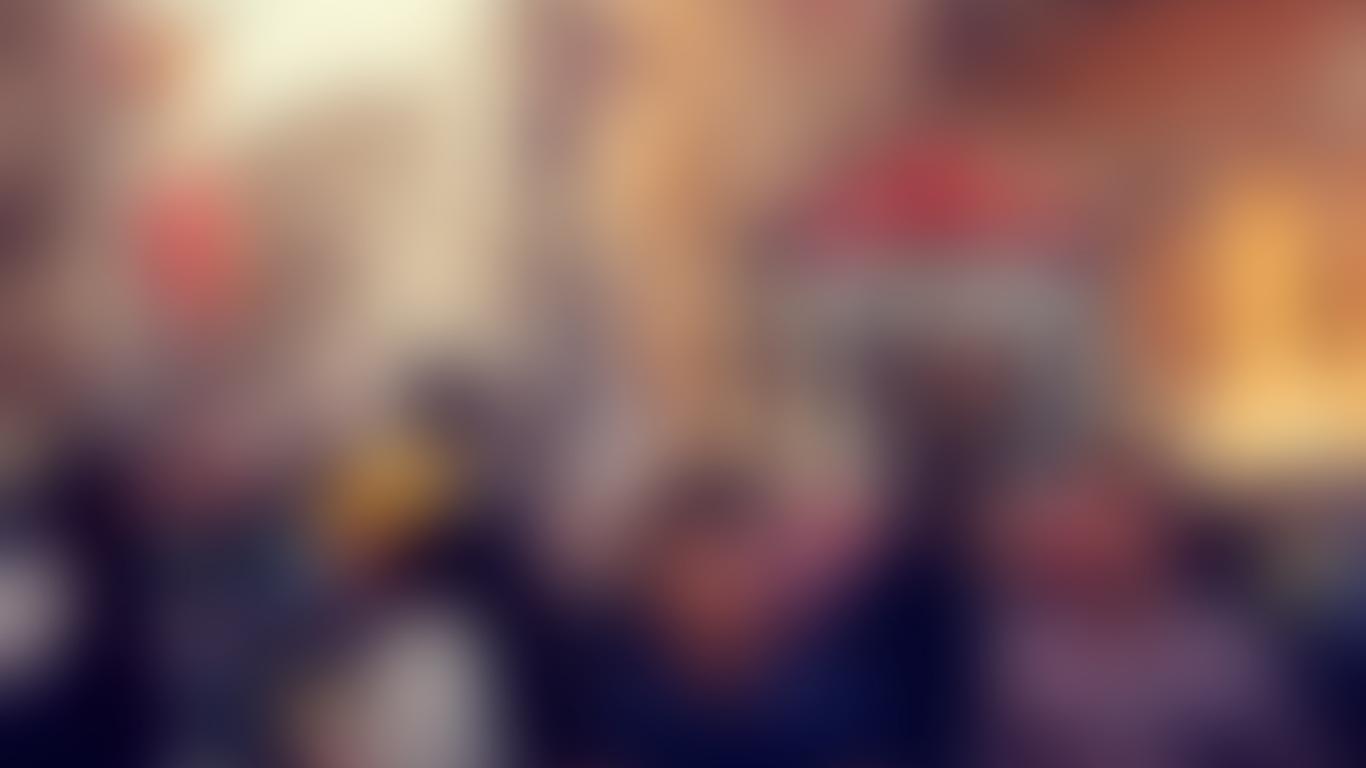Sprawling across a floodplain at the junction of the Mulde and Elbe rivers, Dessau is a vibrant German town that is synonymous with the Bauhaus movement. The Bauhaus School moved here in 1925 after being forced to close in Weimar, with names such as Wassily Kandinsky, Walter Gropius and Paul Klee all associated with the institution.
Things to do in Dessau-Rosslau
One of Dessau’s most famous buildings is the Anhaltisches Theater, which provides a performance setting for orchestral concerts, ballets and musical theatre. It was originally completed in 1938 and rebuilt following its destruction during World War II, with the space now boasting one of the largest revolving stages in Germany.
Occupying a striking glass building designed by the Spanish-based Addenda Architects is the Bauhaus Museum Dessau, which showcases the town’s links to the design and architectural movement. It houses one of the largest collections of Bauhaus-related objects in the world, as well as detailing the daily reality of learning at the Bauhaus Dessau campus. In addition to furniture pieces, ceramics and textile works, the museum displays teaching notes and prototypes from the workshops.
A short drive east of the town is the Dessau-Wörlitz Garden Realm, a UNESCO World Heritage-listed green space established in the late 18th century as one of the largest English-style parks in Germany. Centred around Lake Wörlitz, it features five distinct gardens interspersed with grottoes and canals, as well as the Italian-style Villa Hamilton and the magnificent Schloss Wörlitz.
Getting around Dessau-Rosslau
Dessau is around an hour’s drive from Leipzig and 1.5 hours from Berlin while Berlin Brandenburg Airport Willy Brandt is 1.5 hours away. Regular trains connect to the Dessau railway station and buses travel throughout the town. The centre of Dessau can easily be explored on foot.





